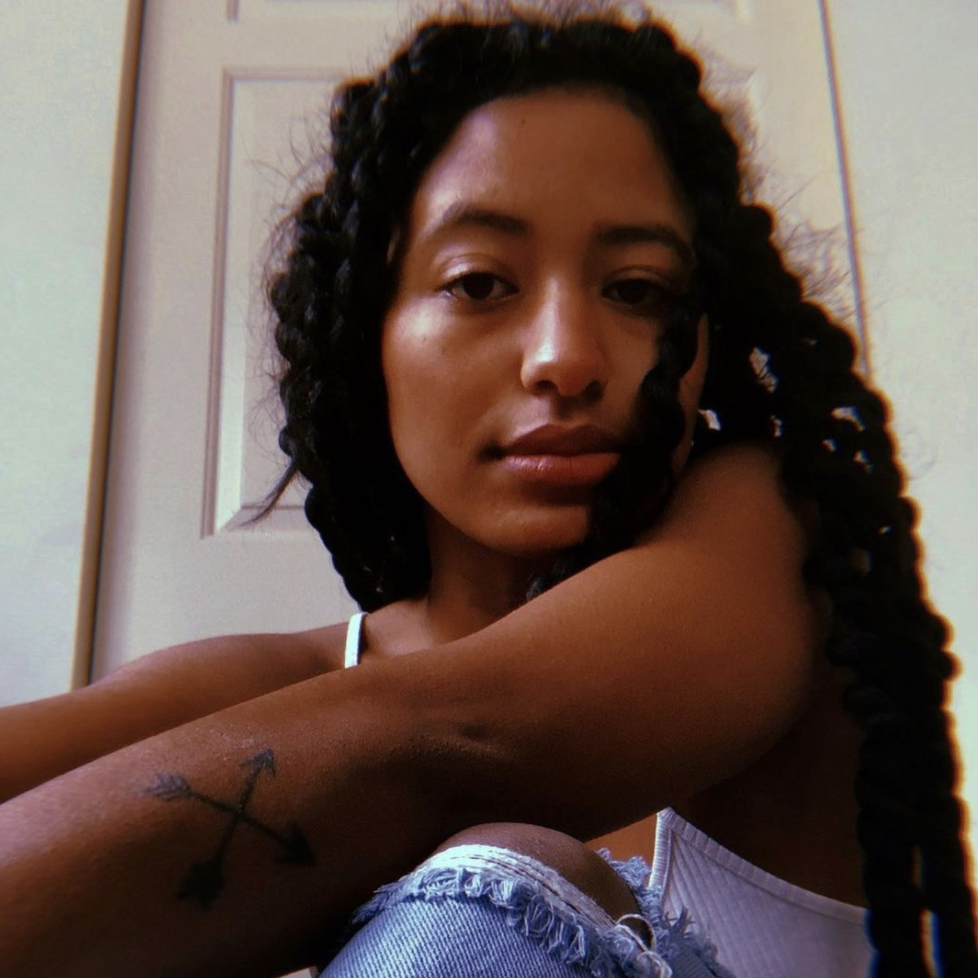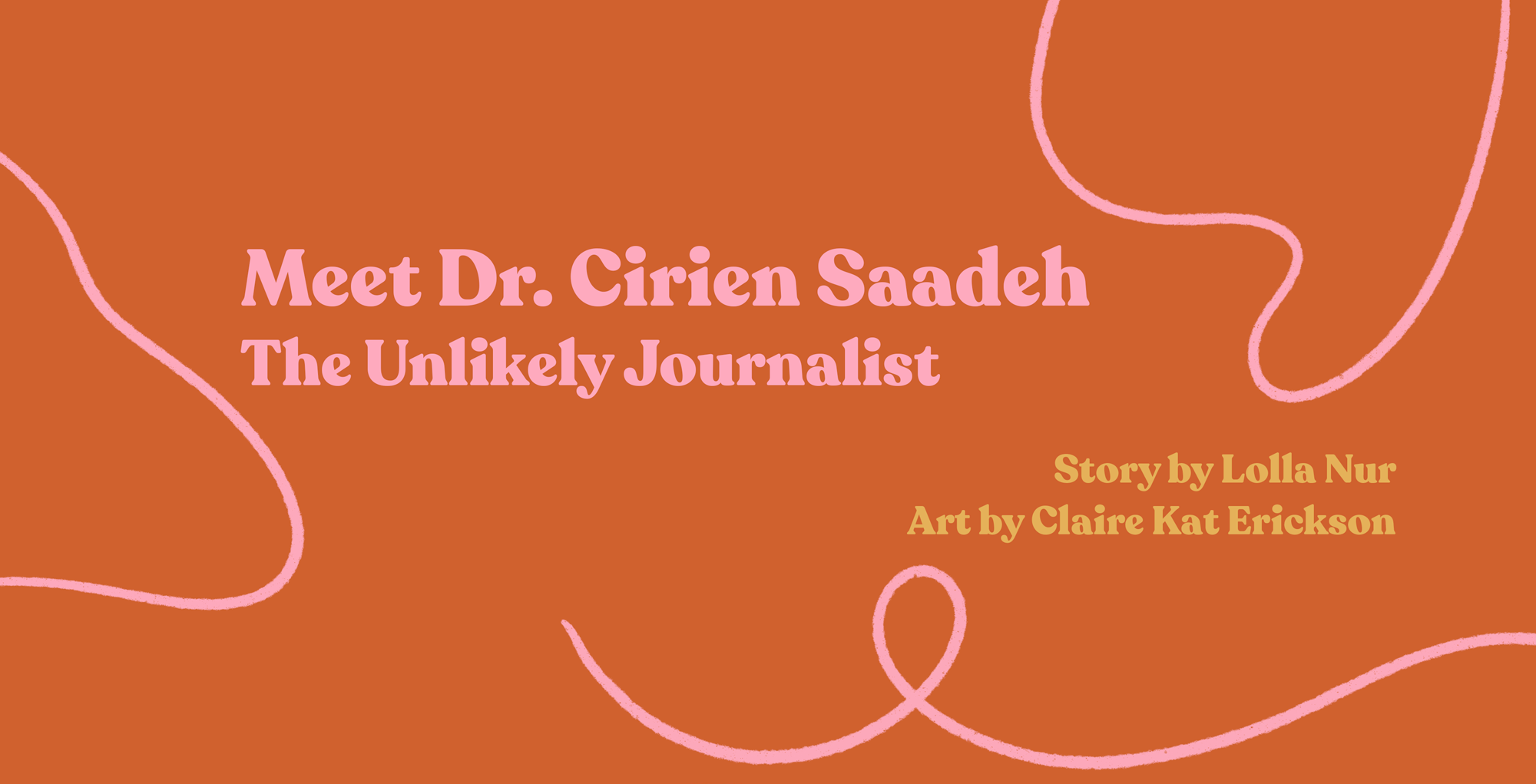
Cirien Saadeh sat on the steps outside her college campus chapel feeling anything but victorious. It was an idyllic afternoon in early May, 2011, and she felt defeated, depleted, and uncertain of what was next.
Her head rested upon her mentor’s shoulder and in that moment, Cirien didn’t know what was real. Nine years later, she doesn’t remember much of what was said. But she remembers weeping until the concrete and foliage surrounding her melted into an ocean of tears. She let herself be held ― by the safety of her mentor’s arms, and by the sacrosanct walls of Our Lady of Victory Chapel behind her. They embraced her, standing in as witnesses to her visceral sobs, testifying to her need to grieve and rest.
It had been a grueling year and a half.
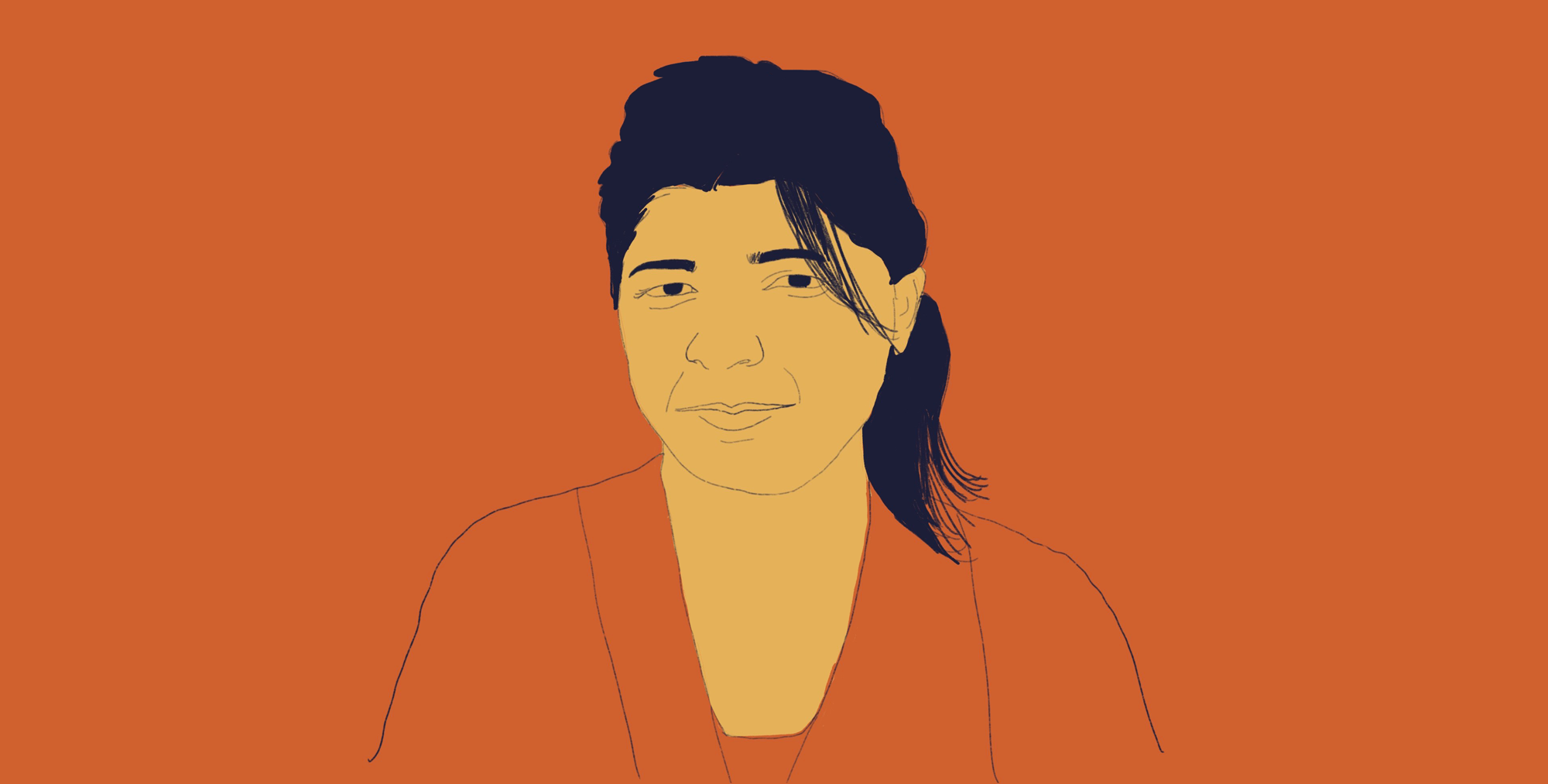
On this spring day, Cirien had received unexpected news: her supervisors and producers at the news organization she worked for would not be renewing her contract. Cirien was a reporter and community manager for The UpTake ― at the time a white-male-led nonprofit news website, which prided itself on spearheading the video citizen journalism movement of the late 2000s and 2010s.

An Arab American of Jordanian heritage, Cirien was the only woman of color on staff, and among the least paid despite carrying a heavy workload. Leading up to that meeting, she had been trying to get the news organization to pivot away from centering white liberal narratives on politics, and focus instead on communities of color ― exploring how state policies impacted them, and seeking alternative methods to report on people of color as active agents in the stories about them.
While fighting for the representation of her communities, Cirien was also fighting for her own self-respect ― demanding more visibility within the organization, and equal pay for her work.
But the producers insisted her pay had nothing to do with her race or her gender; they alleged it was because she wasn’t getting the work done “fast enough,” she says. That was particularly hurtful; Cirien had put in hundreds, if not thousands, of hours into the job, while being a full-time student and organizer ― skipping classes to attend press conferences, missing tests to meet deadlines and sometimes working 14-hour days.
Cirien was burned out. She felt used. So, mid-meeting, she made an unexpected decision herself: she resigned. “I was so humiliated by how much I had given them,” she says. “I had to leave on my own terms… [with] my head held up high.”

Almost a decade since that fateful meeting, Cirien has traversed a winding journey of crests and falls, yearning to find her vocational home. She has straddled both journalism and community organizing, never fully committing to just one. “I’m an organizer and I’m people-centered,” Cirien says. “Journalism is a tool I use to organize people.”
It’s taken Cirien a long time to find language to articulate the exact type of journalism she does. Between 2015-2019, while pursuing her doctorate in sustainability education, she developed a theory to help herself understand her own work. She calls this theory Journalism of Color.
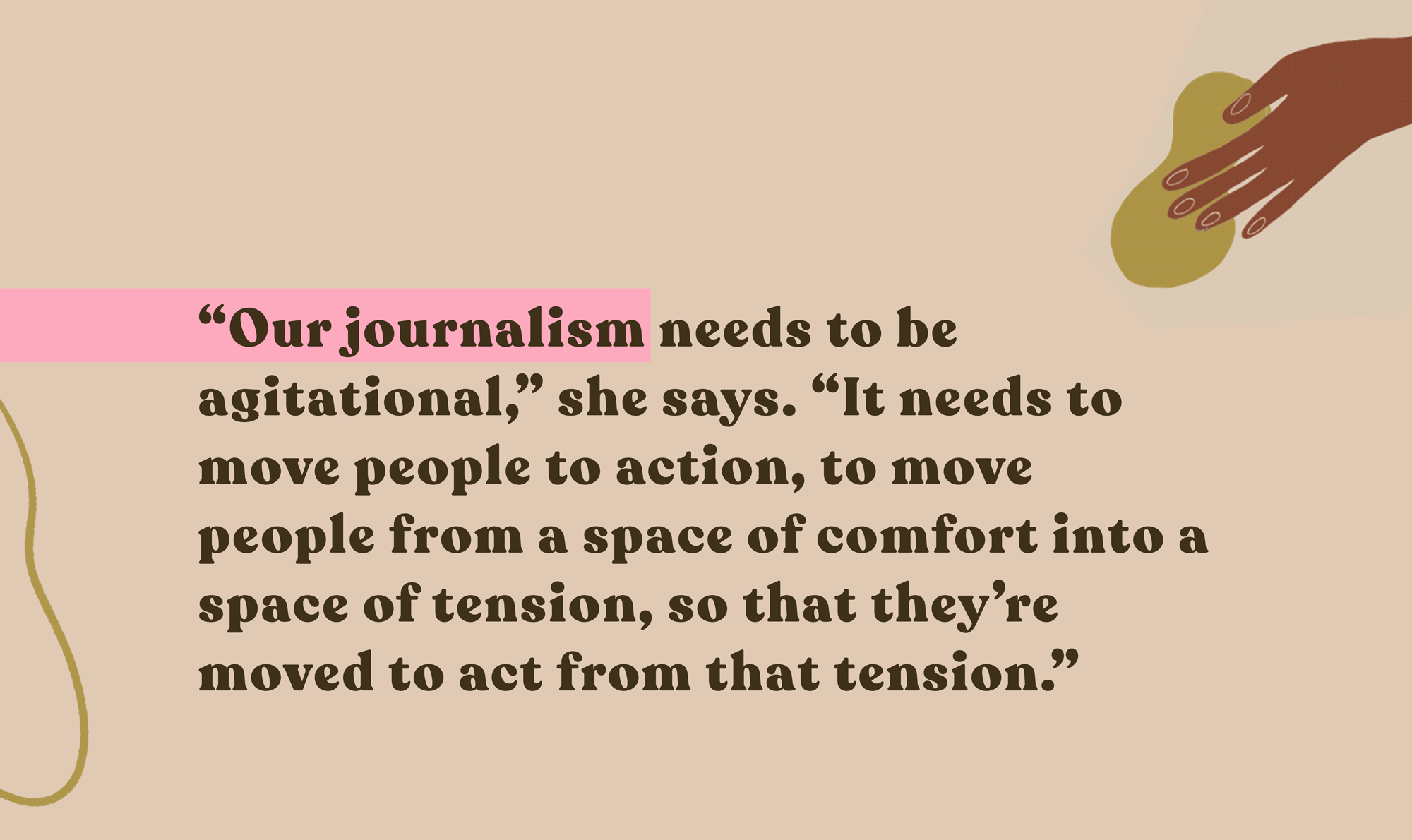
“Our journalism needs to be agitational,” she says. “It needs to move people to action, to move people from a space of comfort into a space of tension, so that they’re moved to act from that tension.”
Journalism of Color, or JOC for short, is a framework that takes back power from legacy media and dominant institutions. It recenters Black, Indigenous, and communities of color, low-income communities, and other marginalized groups. It uses language and practices that center community power, resiliency, and relationships ― all key components in building trust with communities even prior to the standard reporting process.
“As journalists, we need to be able to talk about things like power, tension, and agitation ― common organizing terms,” Cirien explains. “Journalism has to be about building power, reconstructing systems of power, understanding and dismantling systems of power… We just need to spend some time knowing power.”
JOC is an attempt to connect the two seemingly disparate spaces of social movement work and journalism. It’s a practice as much as it is a theory.
A reporter practicing JOC would, for example, quote a member of the community in a story ― a resident, an organizer, an artist ― before quoting an institutional authority figure, such as the police union chief or an executive director. Organizationally, JOC would look like having a writing team who is from the community you’re trying to reach. For The UpTake, this means having a roster which includes incarcerated writers, mothers, elders, “people from every single category,” Cirien says.
JOC also looks like addressing income inequality by publishing stories about homelessness and unemployment in communities of color, while paying reporters fair wages. Under Cirien’s leadership, The UpTake pays writers up to $500 per article.
“We perpetually have six months of funding left in the tank,” she says. “But I believe in paying our team of writers a fair wage. If we shut down, I’d rather know that we can pay people well than stay open surviving on volunteer labor.”
Cirien acknowledges JOC isn’t a new idea. She can list off several local community media organizations working on access for communities of color: North News, WFNU Radio, Insight News, St. Paul News Network to name a few.
What makes JOC unique, then, is that it’s a value system and a message that organizes these ideas.

In December 2018, Cirien found herself facing yet another irony. The very same leadership that had declined to renew her contract in 2011 would return seven years later to make a fortuitous proposition.
She had maintained diplomatic ties with The UpTake since leaving, freelancing for the organization here and there and keeping a good relationship with the former executive director, Michael McIntee. And he had been keeping abreast of her journey. It wasn’t a leap for Michael, then, to suggest she apply for his position in December 2018, shortly after he left.
Cirien was shocked at the suggestion, but she applied ― reluctantly, flippantly. She slapped together a cover letter in fifteen minutes. It was kismet; she was announced executive director of The UpTake four days later.
The transition was not smooth. Having spent years critiquing legacy and white-led media, she was now being tasked with having to lead a predominantly white journalism institution. Cirien quickly learned that building trust with the community was going to be difficult.
“What I didn’t realize was how much of the trust I would really need to create out of thin air,” she says.
“Months into my job as ED, there were people [in the community] who’d say: ‘Cirien can stay in the room but we want The UpTake outta here. Your cameras have to be off because we don’t like The UpTake’,” she recalls. “And you know what? We deserved it. We hurt people and we had to earn people’s forgiveness back.”
Cirien’s referring to The UpTake’s past institutional resistance to racial justice. The idea of “citizen journalism” itself was triggering to many, as the term excluded Americans who were unnaturalized immigrants, refugees, or undocumented.
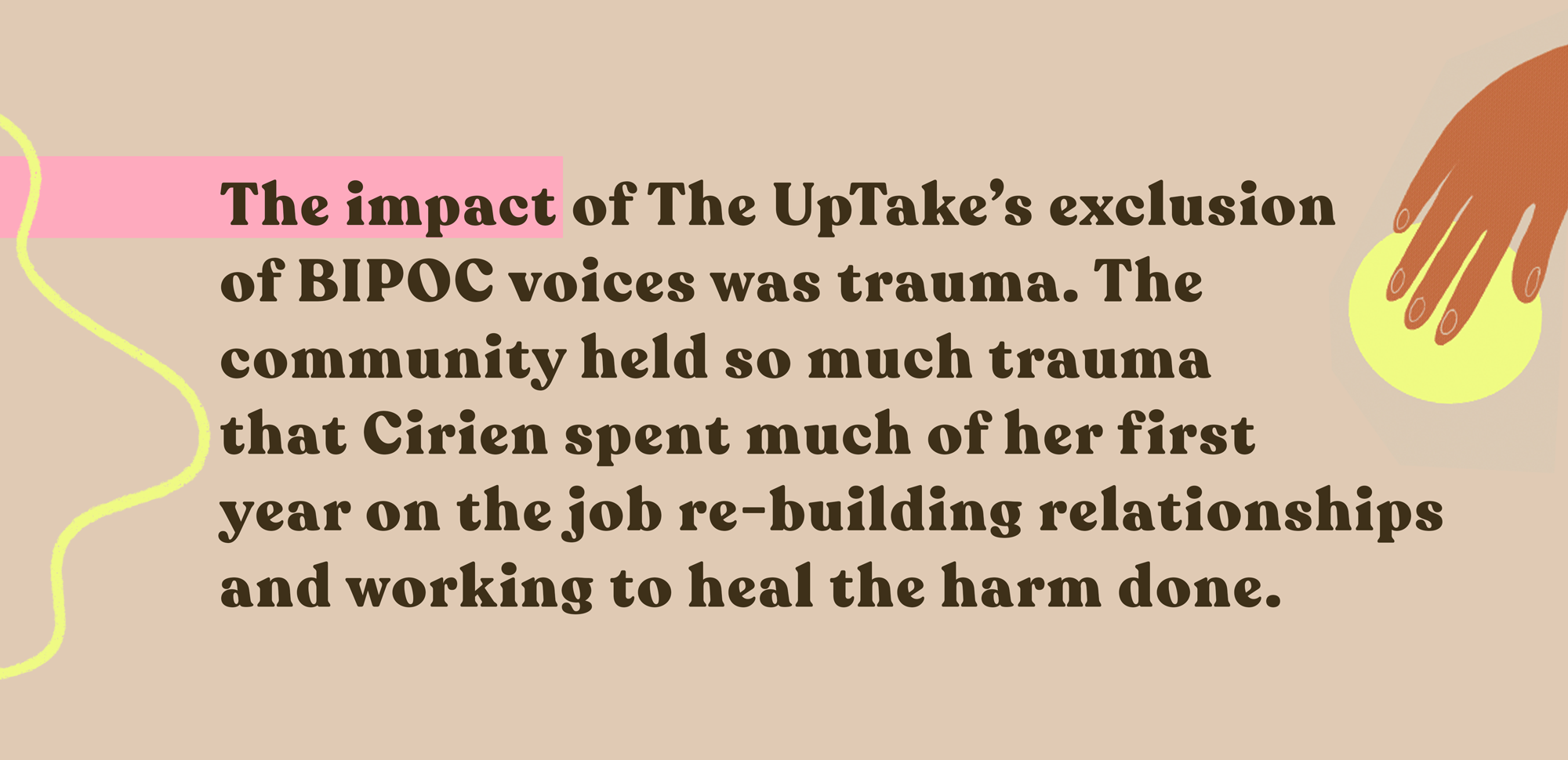
The impact of The UpTake’s exclusion of BIPOC voices was trauma. The community held so much trauma that Cirien spent much of her first year on the job re-building relationships and working to heal the harm done.
In many ways, Cirien was the right person for the job. Putting aside her need for a stable income (her previous job had benefits and a more sustainable salary, her new position with The UpTake offered neither), Cirien rolled up her sleeves and cut her teeth. It was time to clean up the mess previous iterations of The UpTake had left behind.
Step one was to follow what her community organizer instinct told her to do: go on one-to-one meetings with community members.
“I would have coffee or breakfast or lunch or dinner or drinks with anyone who would sit down with me, to build trust with them,” Cirien says. “Building relationships with people ― that’s how we got people to trust us.”
Step two: remove all associations with “citizen journalism,” in branding and in practice. The UpTake’s updated values deeply reflect this shift, values like: transparency, beloved community, being comfortable with discomfort, contextualizing social movements, doing no harm, and relationships first.
Step three: BIPOC first, in leadership and in coverage. The UpTake’s team of 11 freelance reporters is now mostly BIPOC, and half are Black women. The nonprofit announced its new BIPOC-majority board in early November, which means it is a women of color-led community news organization, on both executive and staff levels ― “a big change to take within less than two years on this position, to completely restructure the organization,” Cirien admits.
And the fourth step: collaborations and community trainings. Since Cirien came on as executive director, The UpTake has hosted nearly two dozen journalism classes for marginalized writers, and community conversations in partnership with community organizations and libraries.

All of those steps are moving The UpTake toward Cirien’s very specific vision: transforming the organization into a journalism co-op and physical space over the next three-to-five years. It’ll be a social enterprise comprising a community-owned journalism school and a writer-producer-owned newsroom. In this model, Cirien concedes power, which she says she can’t wait for.
For the physical space, Cirien is dreaming up a three-story building with a pay-what-you-can community kitchen and coffee shop, an open coworking and public gathering guest area, a classroom for the journalism school, a daycare and a rooftop garden. The school is her top priority; she wants 20 freelance reporters fully trained by the end of next year, and a community journalism training launched in local prisons by 2022.
“I want it to be community. I want it to be educational, I want it to be resilient physically with the solar panels and rooftop gardens,” Cirien gushes. “I want it to feel like an open door and for it to be the living embodiment of that idea of a beloved community.”

“The co-op model is the more sustainable resilient journalism model for our [BIPOC] communities,” she says. “What we need is journalism [we] can trust, that’s going to stick around and that isn’t dependent on grant funding, which might never come in, or on advertising funding.”
Cirien’s vision isn’t just for The UpTake itself. She hopes for a Twin Cities media ecosystem where all local journalism organizations, especially community-based ones, can support one another, with or without external grant funding.
“This idea of: ‘Let’s put money into things that work so that everyone who has money keeps getting money, and others who are trying to figure out how it works, have to work with scrap’s— that’s the failure of funders, and it’s systemic,” Cirien opines.
“The onus is on [funders] to be creative in the same way those [of us] who are not getting funding are being creative,” she says. “And this is part of why I want a cooperative model; it’s the reckoning we need to have.”
Cirien’s passion for sustainability is rooted in a personal philosophy, as much as it is in practicality. The exploitation she experienced years ago as an intern for The UpTake has shaped her moral outlook, while indelibly impacting her professional trajectory. And she knows after everything she’s been through with the organization, going back to the days of paying reporters pennies is out of the question.
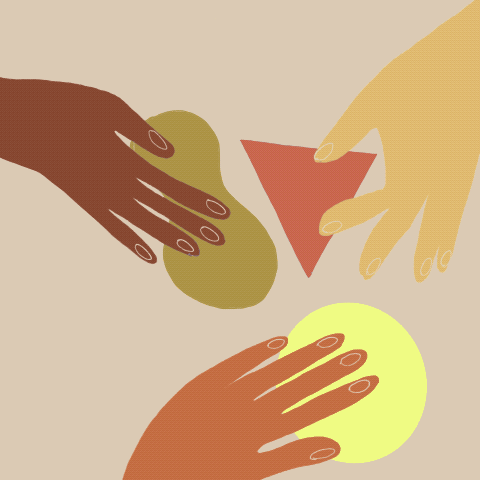
“As somebody leading an organization that in the past has caused harm, including to myself, it’s always in the back of my mind that I have to have the same commitment to [my team] that I wanted the organization to have for me… That is how we keep it sustainable,” Cirien says. “I never thought about this as a ‘hero’s journey.’ I just think that you do the work because you have to do the work.”
Hero or not, Cirien’s journey continues forward. When she does take a moment to look back, and think about The UpTake letting her walk away despite her unique racial equity lens as a journalist, then hiring her for that exact vision years later, her eyes twinkle and her face breaks out into a proud grin.
“Clearly something stuck,” she says, in a slightly wry, knowing tone. “Something stuck!”

contributors
